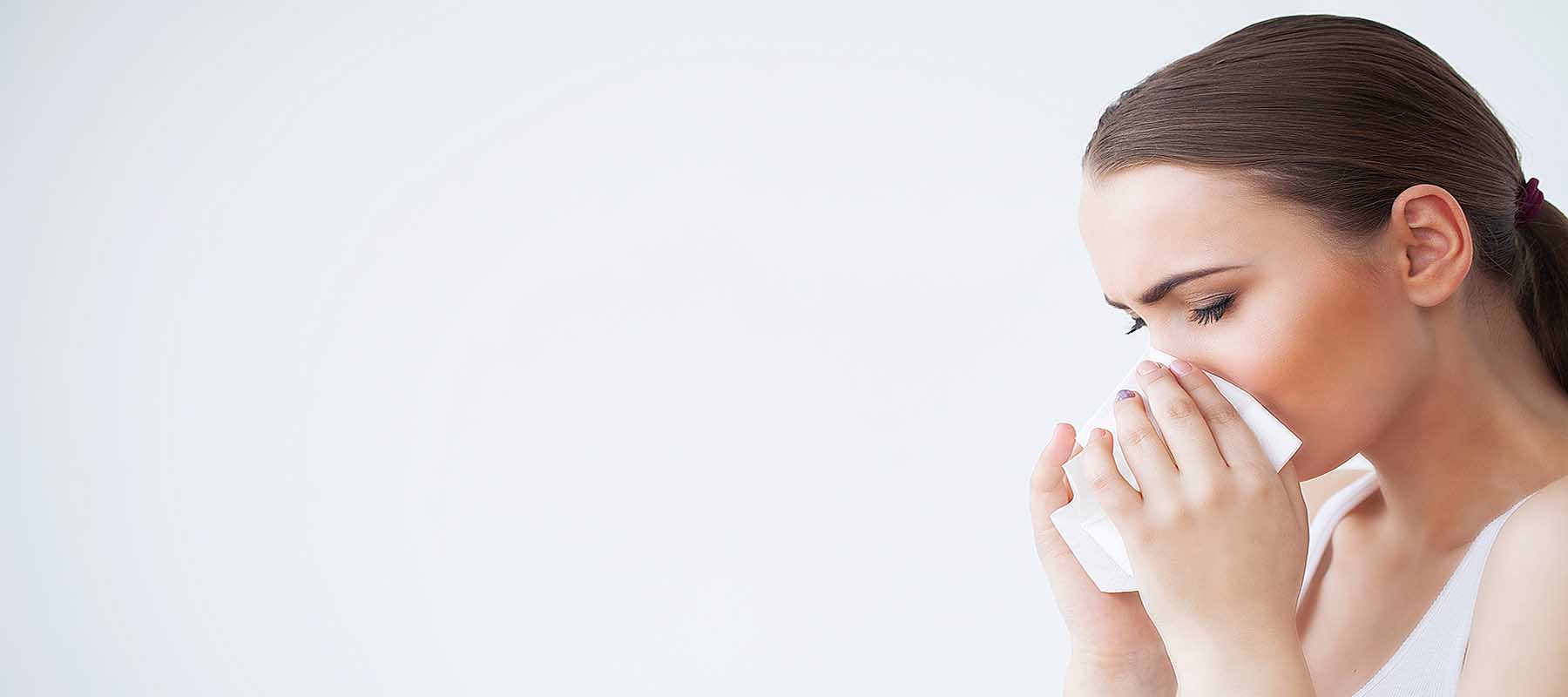A lovely young couple was in the store last week. He had just been diagnosed with allergy to dust mites. The doctor had sent them to us right away with instructions for allergy-proofing their bedroom.
They were on a tight budget (aren’t we all) and were looking to spend where they would get the most bang for their buck.
He asked why it was necessary to cover all pillows on the bed with a dust mite proof pillow cover, not just the one he slept on. It is a very common question. I mean if you aren’t sleeping on it why must it be covered? Why do you have to cover all pillows to get allergy relief?
In order to answer the question, you have to understand how you are exposed to dust mites. These microscopic creatures and their feces are in your mattress, pillow, and comforters. Every time someone moves on the bed, a cloud of microscopic particles is blown into the air and the allergic person inhales these particles. So, if person A (the person with allergies) is laying in bed with their covered pillow and person B is laying on the bed with a pillow that is not covered, every time person B moves, they will send up a cloud of particles that will rain down on person A. Person A is not protected from B’s allergens.
The other scenario is that you sleep on two or more pillows. If you only cover the pillow on which you lay your head, every time you move your head the other pillows release their cloud, right there by your head.
What I recommended to this couple was something I do myself. The pillows that are used to cradle the head are the pillows where you put the most expensive and comfortable covers. For example, if you have 6 pillows on the bed (1 for each person’s head, 1 to go under each person’s sleeping pillow, and 2 for decorative shams) then the pillows that are used for sleeping should have a microweave pillow encasement made from Pristine Luxury or AllergCare Cotton. The other pillows can be encased with coated fabrics like the Bed Bug Solution fabric, which are totally effective just less expensive. That way you can cover all pillows and stretch your allergy control dollar.
Just another way to get the protection you need without spending more than you need.
The Allergy Store



